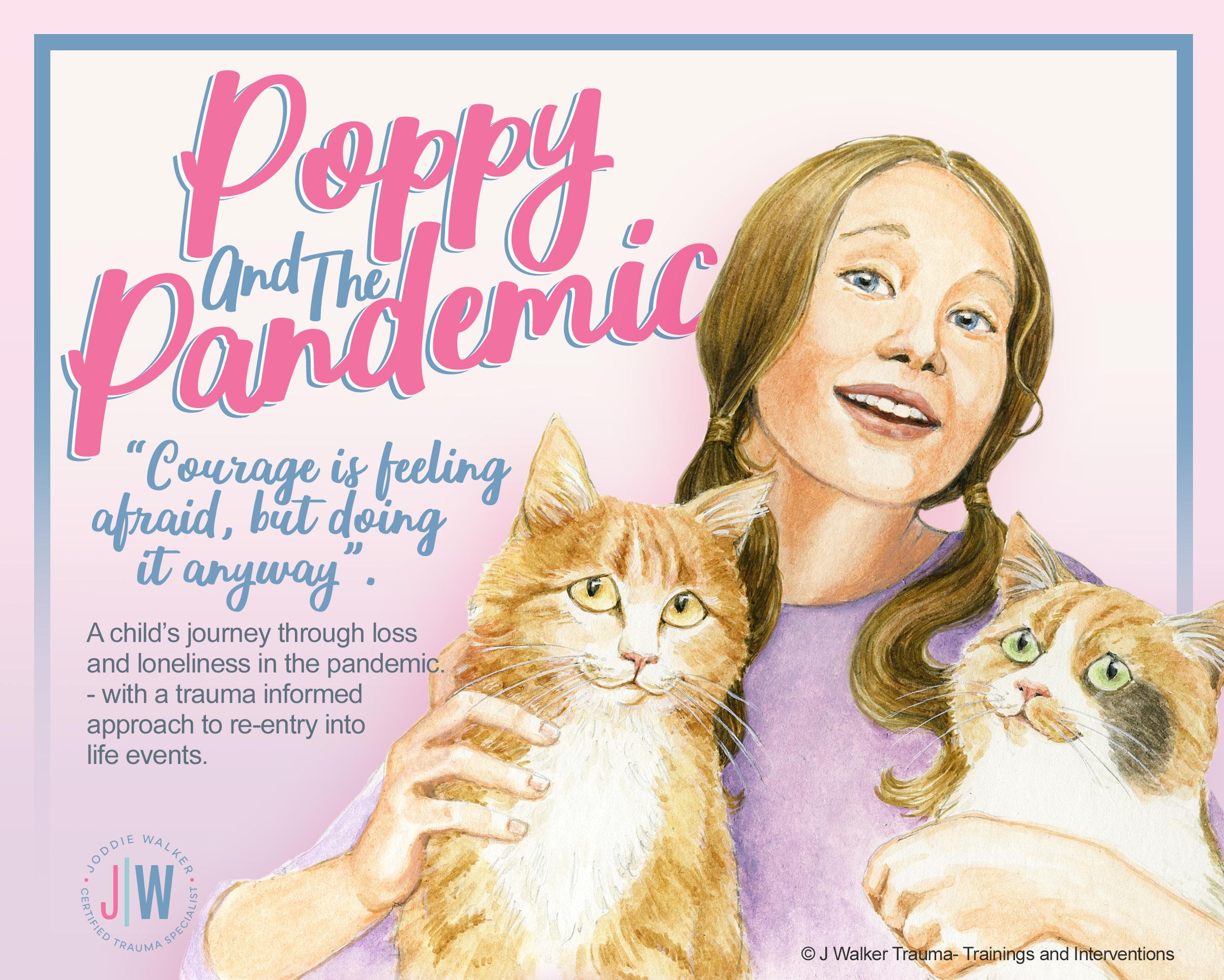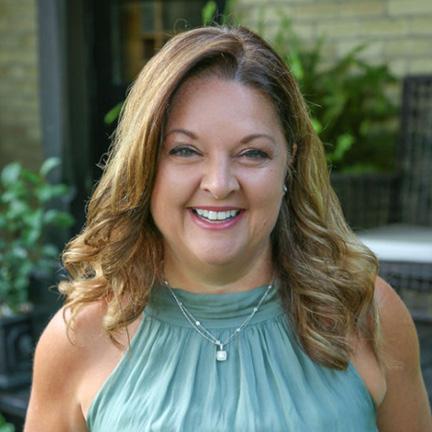
2 minute read
Poppy and the Pandemic
HI! I’m Joddie Walker, a parent of teenager with clinically diagnosed anxiety disorder. I know first-hand the challenges of supporting a youth through the pandemic. It’s absolutely heart breaking to watch all the activities they enjoyed be taken away due to lockdowns and restrictions. We understand the necessity for safety yet our heart aches for their losses. Anxiety can create further losses in the life of a child/adolescent. As they fear leaving the home or to do typical child activities, we witness more loss and our own reactions to the anxiety grow. I wrote, Poppy and the Pandemic, to teach parents and youth about anxiety and how to reintroduce activities back into their lives. I’m a psychotherapist and I train other therapists, teachers, and parents that the power of relationships is so important to building resilience in children. With psycho-education comes wisdom and with wisdom comes the power of change. I hope this book helps teach you and your child about re-entry anxiety. Most of all, I hope you harness the resilience that you and your child have gained as you endured this pandemic!

© J Walker Trauma- Trainings and Interventions Intellectual Property of Joddie Walker. Not for duplication or sharing © Copyright 2021.

© J Walker Trauma- Trainings and Interventions Intellectual Property of Joddie Walker. Not for duplication or sharing © Copyright 2021.
How to do Progressive Muscle Relaxation.
Progressive Muscle Relaxation teaches you how to relax your muscles through a two-step process. First, you systematically tense particular muscle groups in your body, such as your neck and shoulders. Next, you release the tension and notice how your muscles feel when you relax them. This exercise will help you to lower your overall tension and stress levels, and help you relax when you are feeling anxious. It can also help reduce physical problems such as stomachaches and headaches, as well as improve your sleep. People with anxiety difficulties are often so tense throughout the day that they don’t even recognize what being relaxed feels like. Through practice you can learn to distinguish between the feelings of a tensed muscle and a completely relaxed muscle. Then, you can begin to “cue” this relaxed state at the first sign of the muscle tension that accompanies your feelings of anxiety. By tensing and releasing, you learn what relaxation feels like and how to recognize when you are starting to get tense during the day.
HELPFUL HINTS:
• Set aside about 15 minutes to complete this exercise
• Find a place where you can complete this exercise without being disturbed
• For the first week or two, practice this exercise twice a day until you get the hang of it. The better youbecome at it, the quicker the relaxation response will “kick in” when you really need it
• You do not need to be feeling anxious when you practice this exercise. In fact, it is better to first practice it when you are calm. That way, it will be easier to do when feeling anxious.

